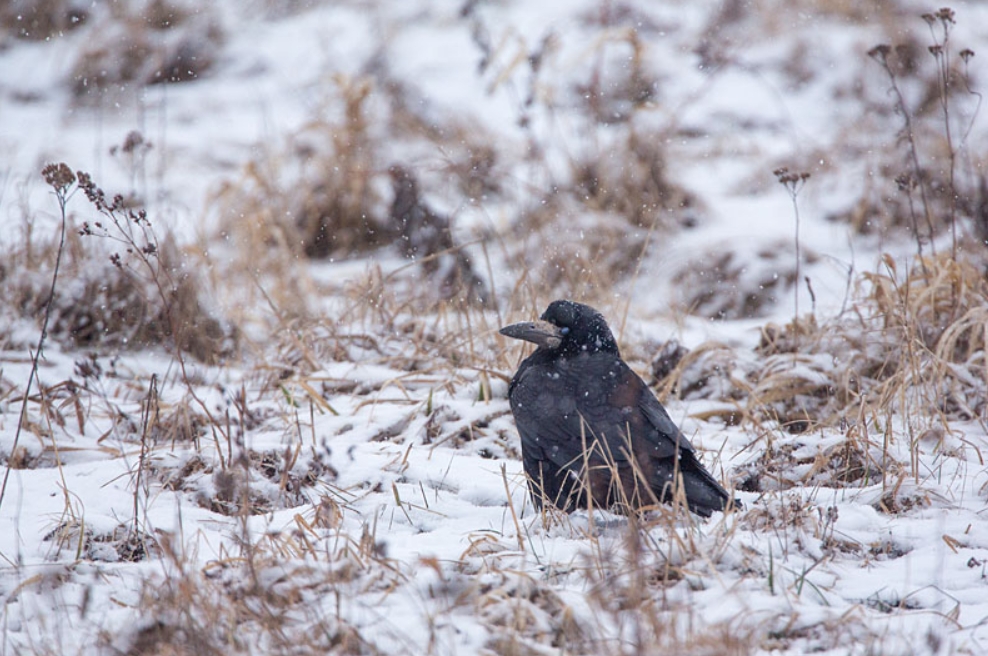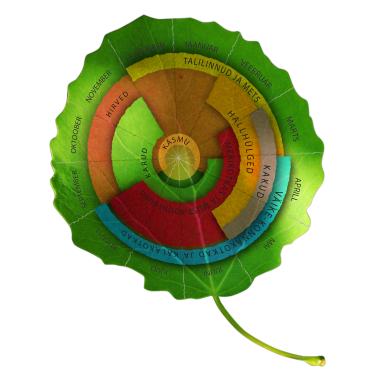Photo: Arne Ader
Translation Liis
Rook Künnivares Corvus frugilegus
Rooks are one of the earliest heralds of spring in Estonia; the ground must be free from snow in places when they arrive. Some “bravos” even stayed here for the winter.
Rooks are not quite as everyday birds as the hooded crows that stay here the year round. Their distribution is more regional – more common in east and south Estonia but in places they can even be unknown.
There are still about four weeks left until the start of breeding; they nest in colonies preferring cultivated landscapes: parks, cemeteries, stands of trees suitable for birds in towns. As nest trees they prefer deciduous species and in a tree with a massive crown there may even be thirty nests. Some individuals have already been noticed as being active in the colonies; they keep busy there for a few days, but the place becomes silent again until the weather turns more springlike.
Smaller than ravens, but they are of a similar size with their grey hooded relative: length less than half a meter for the rooks, weight 400-500 grams; black plumage, shimmering in sunshine in a metallic purple-reddish hue. At the beak base a greyish-white strip of bare skin is visible and there are no feathers either at the nares.
People do not care much for the activities of rooks: loudvoiced, defecate and litter in parks and cemeteries. About three months during the breeding season we have to accept the brassy behaviour of these really very clever birds; and then order is established again.






